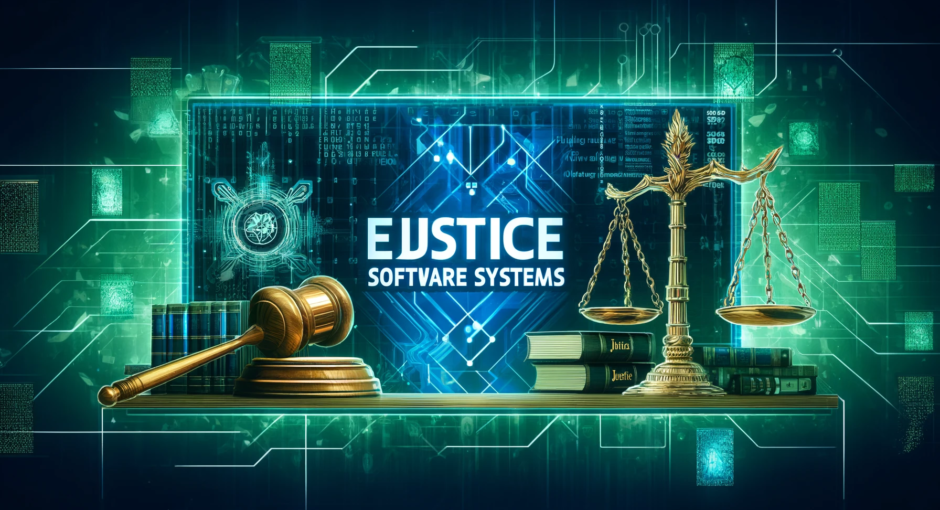An ambitious project undertaken by our USA client saved a third of a million dollars through the adoption of machine learning technologies, specifically image recognition.
In the contemporary landscape of digital transformation, the implementation of machine learning (ML) technologies presents a significant opportunity for enhancing operational efficiencies and cost-effectiveness. This case study examines a project undertaken for AgeLine, a digital platform aimed at providing reliable information and resources related to aging, including healthcare providers, living arrangements, and age-friendly programs and businesses. The focus of the study is on the application of ML technology to automate the process of sourcing and updating city images for the platform’s extensive database, a task that previously required substantial manual effort and financial resources.

What Is Machine Learning
Machine learning is a subset of artificial intelligence (AI) focused on building systems that learn from data. Unlike traditional programming, where humans explicitly code the behavior, ML algorithms enable computers to learn and make decisions based on patterns and inferences from data. This ability to automatically improve through experience makes ML invaluable for tasks ranging from image and speech recognition to predictive analysis, without being explicitly programmed to perform those tasks.
Project Background
AgeLine’s initiative to populate its platform with profiles of thousands of cities, each accompanied by relevant imagery, presented a considerable challenge. The manual process of identifying, selecting, and updating these images was not only labor-intensive but also projected to incur significant costs, primarily due to the extensive human labor required for these tasks. The goal was to find a solution that could automate this process, thereby reducing costs and freeing up human resources for more strategic tasks.
Methodology: Developing an ML Solution
The solution involved the development and implementation of a machine learning model capable of autonomously identifying and retrieving appropriate images from the internet that matched the specific characteristics of each city profiled on the AgeLine platform. The model’s development process entailed training it on a diverse set of image data, enabling it to accurately recognize and select images that accurately represented the essence of each city, from architectural landmarks to cultural elements.
This training process was critical in ensuring the model’s effectiveness in automating the image selection and updating process. By setting specific parameters and quality standards for the images, the ML model was equipped to perform this task with high efficiency and accuracy, thus eliminating the need for manual intervention.

Outcomes and Impact
The implementation of the ML solution led to significant operational efficiencies for AgeLine. Specifically, it resulted in an estimated saving of $300,000, equivalent to 30,000 hours of human labor. This considerable reduction in costs and labor allowed for the reallocation of resources towards other areas of the platform’s development and enhancement.
Moreover, the automated system ensured that the platform’s content remained current and visually engaging, which is crucial for user engagement and satisfaction. The continuous updating of city images without manual intervention meant that the platform could offer fresh and relevant content, thereby improving the user experience and potentially increasing the time users spent on the site.

Discussion
The application of ML in automating the image selection and updating process for AgeLine demonstrates the potential of machine learning technologies to transform business operations. This case study highlights how ML can be leveraged to address specific operational challenges, leading to significant cost savings and improved efficiencies. For businesses considering the adoption of ML technologies, this example provides insights into the planning, development, and implementation phases of such a project, as well as the potential benefits in terms of cost reduction and operational efficiency.

Reflections
The AgeLine project illustrates the effective use of machine learning technology to automate a previously labor-intensive and costly process. By reducing the need for manual labor and achieving substantial cost savings, the project underscores the potential of ML to enhance business operations. This case serves as a reference point for business owners and decision-makers considering the integration of machine learning technologies into their operational strategies, offering a concrete example of the benefits and considerations involved in such initiatives.
► LaSoft invites you to consider how machine learning technologies can be tailored to your specific business needs and challenges. For a consultation or to discuss potential ML development projects, please reach out to our team. Together, we can explore innovative solutions that drive your business forward in the digital age.
Read more about the project: Age Line – Living, Caregiving, Working.


